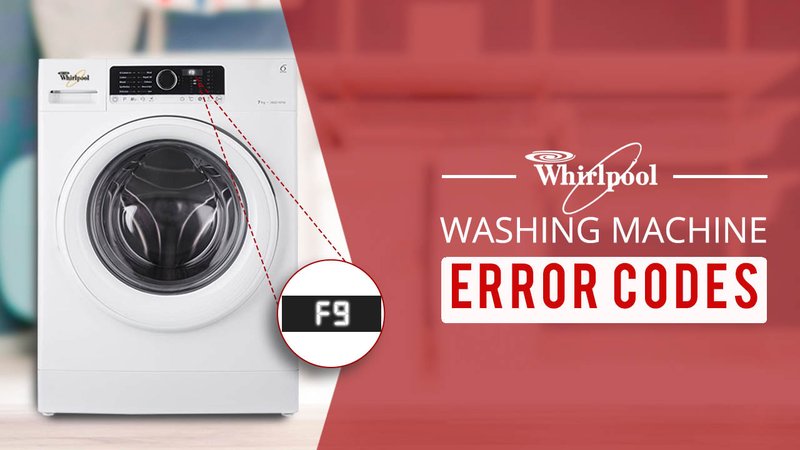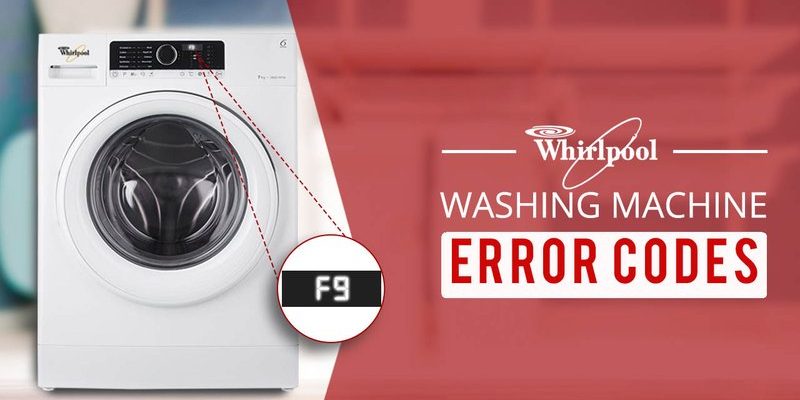
Here’s the deal: The OE error isn’t just a random glitch. It’s your machine’s way of alerting you to a drainage problem. Think about a clogged sink. When the drain’s blocked, water backs up and creates a mess. Your washing machine operates on a similar principle. If it can’t expel water, it’ll stop functioning efficiently. This error code is your chance to fix the issue before it becomes a bigger (and more expensive) headache.
Understanding the OE Error Code
First things first, let’s break down what this OE error code actually means. In the simplest terms, it’s your machine’s way of saying, “Help! I can’t drain!” When you see this code, it’s essentially a call for assistance. Much like how your car’s dashboard warnings help you understand what’s going on under the hood, these error codes guide you to the root problem.
You might be wondering, why does this happen? Typically, the OE error stems from a blockage in the washer’s drain hose or the drain pump not working correctly. Imagine trying to drink through a straw that’s clogged — frustrating, right? The water can’t flow freely, and the same principle applies here. The washing machine struggles to push water out, leading to a standstill.
Understanding that the OE error isn’t just a minor inconvenience is crucial. Regularly dealing with this can wear down your machine over time, leading to more frequent maintenance or even replacement needs. So, addressing it promptly is vital for the longevity of your washing machine.
Common Causes of the OE Error
Now, let’s delve a little deeper into why this pesky OE error pops up. The most frequent culprit? A blocked drain hose. Picture it as the machine’s version of a traffic jam. Lint, small clothing items, or even a buildup of detergent can cause this blockage. When these jam up the system, water can’t exit the drum efficiently.
Another usual suspect is the drain pump. If the pump’s broken or obstructed, it won’t perform its job of moving water out of the machine. It’s like expecting your heart to pump blood through a blocked artery. Not going to happen efficiently, right? Moreover, issues with the washing machine filter can also trigger this error. Filters are there to catch debris, but if they themselves get clogged, they can cause a backup.
Finally, incorrect installation of your washing machine can sometimes be the cause. If the drain hose is kinked or improperly situated, it’s akin to squeezing a garden hose — the flow reduces significantly, leading to drainage problems.
Steps to Prevent OE Error in the Future
The good news? You can take preventive measures to keep that OE error at bay. Start by regularly inspecting the drain hose. Make this a part of your monthly routine, ensuring it’s free from kinks and any visible obstructions. It’s like checking the oil in your car; small maintenance can lead to significant savings.
Next, clean the filter regularly. Remove it once a month and rinse off any lint or residue. Think of it as cleaning out your hairbrush — it keeps things running smoothly. Also, be cautious with what goes into the washer. Secure loose items like socks and small clothing using a mesh bag. This prevents them from sneaking into areas they shouldn’t be.
Lastly, ensure that your washing machine is installed correctly according to the manufacturer’s guidelines. Even if this means calling a professional, it’s worth avoiding future headaches. Periodic check-ups can catch potential installation issues before they become problems.
When to Call a Professional
While many OE error causes have straightforward fixes, some situations might require a professional’s touch. If you’ve tried all basic troubleshooting steps and you’re still seeing that stubborn OE code, it might be time to make that call.
For instance, if the drain pump is malfunctioning, it’s often best to leave it to someone who knows their way around appliance repairs. They can test the pump with specialized tools that you’d likely not have on hand. Another instance might be when internal wiring issues arise – trust me, messing with electrical components is a big no-no unless you’re qualified.
By seeking help from professionals at the right time, you save yourself from potentially more significant issues down the line. Professional repairs might cost a bit upfront, but they can extend your machine’s life and ensure it operates effectively.
Final Thoughts and Preventative Care
Preventing that bothersome OE error isn’t just about tackling issues as they arise. It’s about adopting a regular maintenance routine that keeps your Whirlpool washing machine in top condition. Think of it as going to the dentist – regular check-ups and cleanings prevent cavities and painful procedures down the line.
Incorporate these habits into your routine: regularly inspect hoses, clean filters, and ensure correct installations. By doing so, not only will you avoid the OE error, but you’ll also enjoy a more efficient, longer-lasting washing machine. So next time you head to do laundry, you can do so with peace of mind, knowing you’re taking all the right steps to prevent those hassle-filled error codes.
In the end, good maintenance is the best kind of repair. Take the time now, and you’ll save much more in the future. Happy washing!
